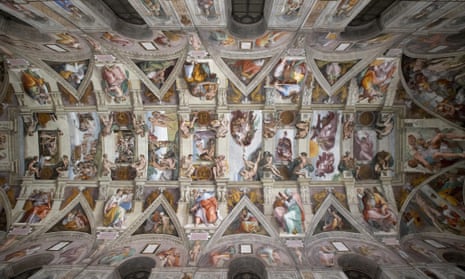The Vatican has received a ransom demand for two documents written by Michelangelo that were stolen from its archives nearly 20 years ago.
The theft of the documents – one a letter including the signature of the Renaissance artist who painted the Sistine Chapel, designed part of St Peter’s Basilica and sculpted statues such as David and the Pieta – had not been made public before Sunday.
Following a report by the Rome newspaper Il Messaggero on Sunday, Vatican spokesman Father Federico Lombardi said a cardinal in charge of St Peter’s Basilica had been contacted recently by a person who offered to get the documents back for what Lombardi called “a certain price”.
Il Messaggero said the person, described as a former Vatican employee, had asked for €100,000 (£72,000).
Lombardi said the cardinal “naturally refused because these are stolen documents”.
The spokesman said a nun who worked in the Vatican archives informed officials back in 1997 that the documents had gone missing. He did not say why the Vatican had not disclosed the theft before.
While the newspaper spoke of only one letter signed by Michelangelo, who lived from 1475 to 1564, the spokesman said two documents had gone missing.
He added that Vatican police were now investigating the case with their Italian counterparts.
Neither the spokesman or the newspaper disclosed any details of the documents, which were taken from the archives of the Vatican department that looks after the upkeep of the basilica, known as the Fabbrica di San Pietro.

Comments (…)
Sign in or create your Guardian account to join the discussion